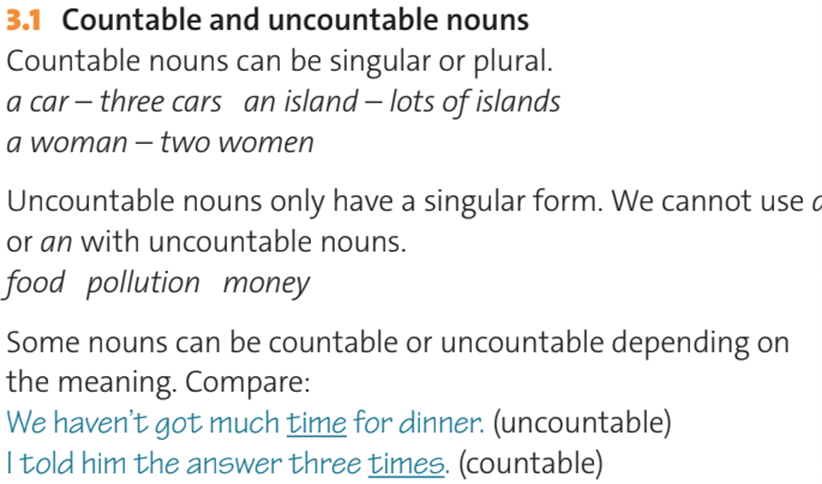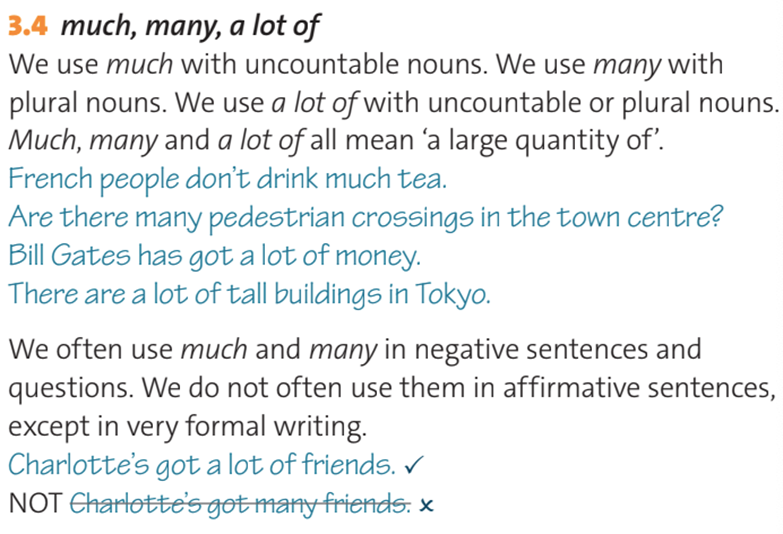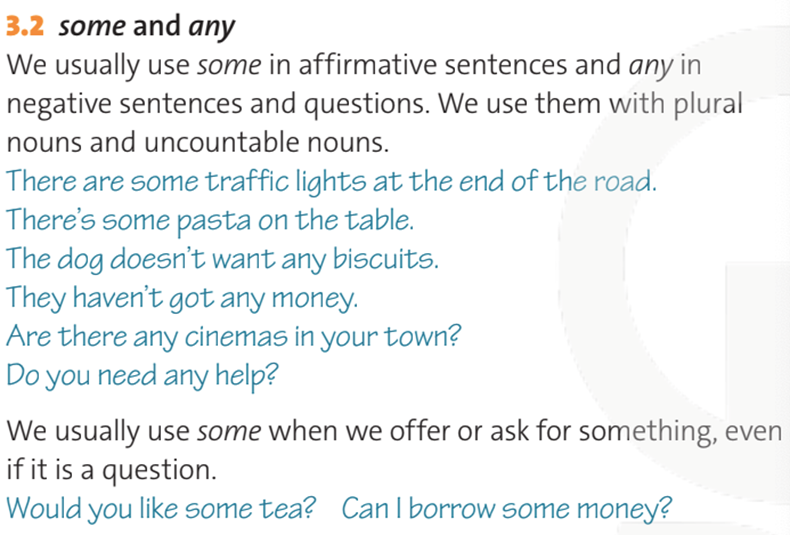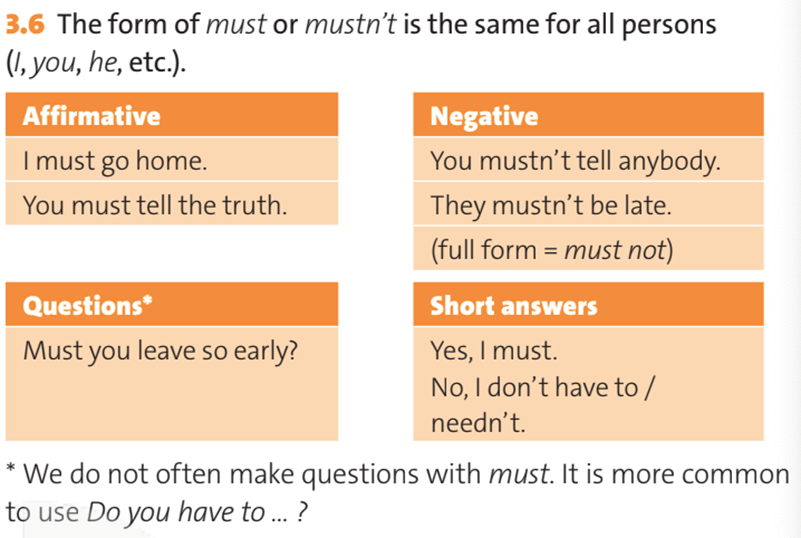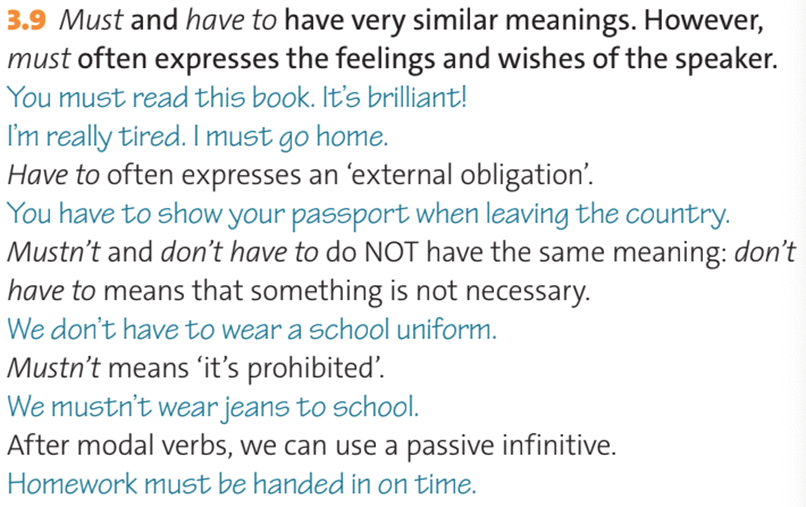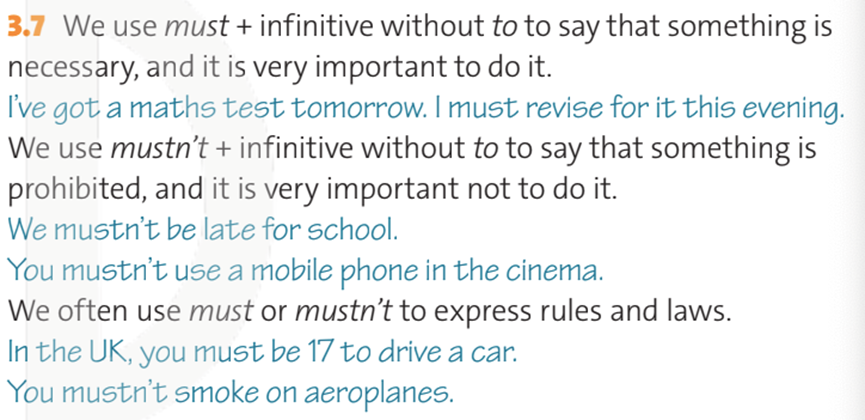Trả lời:
 Giải bởi Vietjack
Giải bởi Vietjack
Hướng dẫn dịch:
Ta dùng needn’t hoặc don’t have to + động từ nguyên thể để nói rằng một cái gì đó không cần thiết nhưng không trái với quy tắc.
Bạn không cần phải mang theo khăn tắm. Có khăn tắm tại bể bơi rồi. (Nhưng bạn vẫn có thể mang theo một cái nếu muốn)
Bạn không cần mang theo bánh mì vì bữa trưa đã được cung cấp. (Nhưng bạn vẫn có thể mang theo nếu bạn muốn.)
Hướng dẫn dịch:
Ta dùng needn’t hoặc don’t have to + động từ nguyên thể để nói rằng một cái gì đó không cần thiết nhưng không trái với quy tắc.
Bạn không cần phải mang theo khăn tắm. Có khăn tắm tại bể bơi rồi. (Nhưng bạn vẫn có thể mang theo một cái nếu muốn)
Bạn không cần mang theo bánh mì vì bữa trưa đã được cung cấp. (Nhưng bạn vẫn có thể mang theo nếu bạn muốn.)


